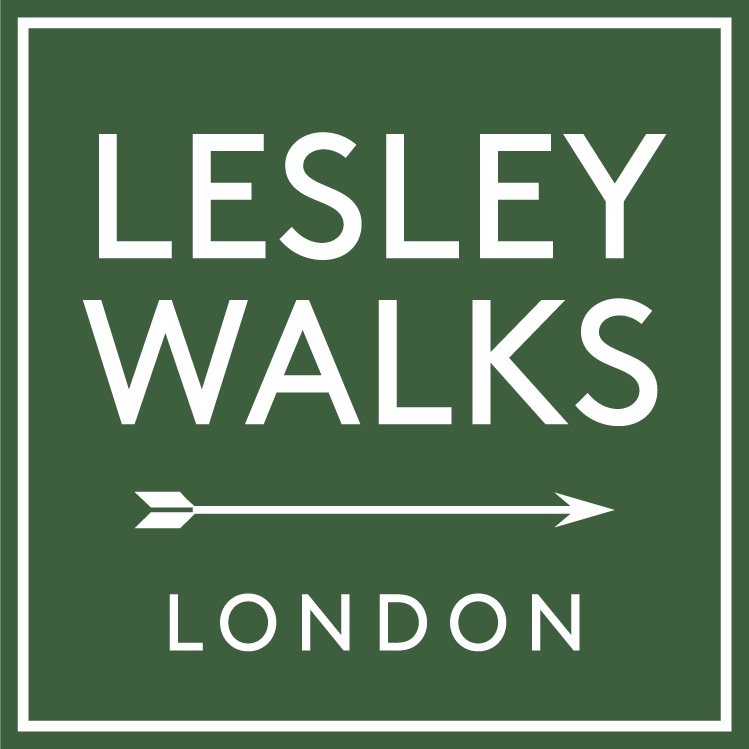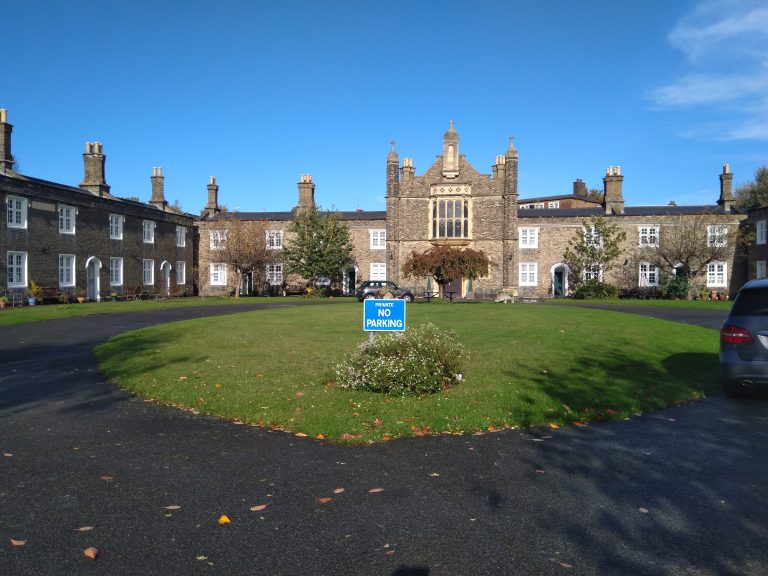At Islington borough’s eastern edge, on the north side of Balls Pond Road, beyond the traffic bustle and behind railings, these old two-story buildings surround a tranquil green courtyard. They are the Metropolitan Benefit Society Almshouses, erected by a charity in the 1830s to “afford an asylum for the reception of aged and infirm members of Friendly Societies”. ‘Asylum’ here means ‘place of refuge’ and the friendly societies were mutual aid, small-scale savings organisations for the less well off.
Residents of these almshouses (or their widows) were members of societies established within 10 miles of St Paul’s in the City. As well as accommodation, occupants received an allowance, some clothing and coals for heating. The foundation stone was laid in 1836 by the Lord Mayor of London, and the completed buildings plus central chapel eventually housed 64 people once the two wings were completed. The Gothic Revival architectural style was very popular in the 19th century, particularly for institutional structures.
The almshouses today are still run as a charitable housing association. They are the sole survivor and reminder of a cluster of no less than five separate but similar institutions between Balls Pond Road and King Henry’s Walk, all constructed in a similar Gothic style around green spaces in the 1830s and 1840s.
Almshouses date back to mediaeval times when religious orders cared for the poor. By the early 19th century, urban poverty had become a huge issue, and many philanthropic groups built and funded such refuges, particularly for the elderly. Islington, Shoreditch and Hoxton were seen as tranquil and healthy locations – there was some housing development and brickfields, but much of the surrounding land was pasture and nurseries, while the City was still close by. Over 30 such establishments were recorded across Islington and Hackney, although few now remain. In central Islington, you can still see the Victorian rebuild of the 1648 Clothworkers Almshouses beside St James Church, at the junction of Prebend Street and Bishop Street. Dame Alice Owen’s almshouses were founded in 1609 on St John Street, just south of the Angel, but were demolished in the 1840s.
Here in Balls Pond Road, three of the adjacent almshouses housed aged members of City Livery Companies, the Worshipful Companies of Dyers, of Tilers and Bricklayers, and of Cutlers. The Dyers and Tilers houses closed in the 1930s and were replaced with Tudor Court housing, while the Cutlers buildings were bomb damaged in World War II and demolished in 1964. You can still see a reference today to the Cutlers in the Cutlers Terrace street sign on a walkway through an arch to the east of the Metropolitan Almshouses. The Bookbinders Provident Asylum was built by another friendly society and again was demolished, with the Catholic Church of Our Lady and St Joseph moving to the site in the 1960s from nearby Tottenham Road in De Beauvoir Town.
My next walk featuring the almshouses is on Sunday February 11th 2024 at 11.00 am, details here.

